Campusing = Healthy Elbows?
Well, not exactly. As I mentioned in an earlier post, I've been experiencing some elbow issues. These issues arose as a result of climbing five days on at HP40, where all the constant squeezing left my poor elbows screaming for mercy. Unfortunately, upon return from HP40 I was scheduled to begin the power phase of my training, in which I had included campusing.
Frankly, this scared me a little. Campusing is precisely how my first round of bad elbow problems began. However, that was then, and I had no idea what I was really doing on the campus board. I'm smarter now, right?
Ummm... maybe.
I know; I wrote the schedule, so I could easily change it. I could rehab the elbows and skip campusing and all would be well. Not a chance. I did what any self-respecting trainer would do, and I ignored my own advice to experimentally take one for the team.
Of course, I would never recommend this to a client or a friend. Probably not even to an enemy. It wasn't a good idea and I knew it, but I felt compelled to know exactly how much the elbow workouts I detailed in my previous post actually worked while still training at a high level. And so it was that I drug out my old friends dumbbell and "Therabar", placed them in a prominent position in the living room, and I headed to the gym to campus.
As of this week, I've finished with my 4 weeks of campusing, and I'm happy to report that in fact, through dilligent work on my elbows, they are healthier than when I started. They've gotten better gradually, to the point of almost no pain now. They are still stiff in the mornings, and they take a while to really warm up, but by all measures they are in good shape. Not only that, but my campusing improved markedly over the 4 weeks. Of the three main exercises that comprise the meat of my campus workout (which I'll detail soon), I experienced a big gain in all three. In the final 2 weeks, as the elbow pain was really subsiding, the strides were bigger than I had expected, which was a nice bonus.

I'm now at the start of an off week, continuing to work on the elbows, the shoulder (which also felt no ill effects from campusing), and my ridiculously tight IT band (more on that later as well... Jesus, am I falling apart?!). The start of the season is just around the corner, only a short anaerobic endurance phase away. I'm feeling strong, healthy, and can hardly wait to get back out.

Eric Hörst chats about how some big life shifts – retirement, the success of his brand PhysiVantage, and becoming an empty nester – have impacted his climbing and training.
What does science say about warming up before performance?
Can shoulder injuries be prevented through strength training? Or are they just an inevitable part of being a climber?
Can we minimize tendon injury and return more quickly to climbing?
How does 30 years of climbing affect our shoulders?
It’s a thin line, and one that is tricky to navigate.
Recognizing and dealing with eating disorders in climbing is a prevalent but often ignored issue.
Are you injured? Or is your brain just telling you that you are?
The legendary Professor Bill Ramsey talks getting older, sending anyway, and the effort required.
For Dr. Vagy’s third appearance on the podcast, we tackle some myths and hot topics about training for climbing.
Using science to inform climbing training is becoming increasingly popular, and for good reason. Leading that charge is Dr. Tyler Nelson of Camp 4 Human Performance.
Part three from Nate: training in December and January, how I spent my time in Hueco to keep preparing myself for sport climbing, and what I’m doing from here.
It has become accepted that climbers should be lifting weights to maximize our athletic potential. But why exactly? Our coach Paul Corsaro is here to explain.
Let’s face it. All of us who are trying hard to push ourselves will eventually be injured.
With all the information out there on training, rehabbing, and performance, it’s tough to know where to start when you’re injured.
In this 3 part series we're going to dig into the concepts behind the easy to follow system of prehab and rehab that Dr. Vagy has built.
Dr. Shannon O'Grady, Ph.D., of Gnarly Nutrition talks us through BCAA’s: what they are, why we need them, how to use them, and more.
If you've been around climbing long enough, you know someone who has struggled with an eating disorder.
PT Allison Stowers talks how to self-diagnose, when to see a doctor about an injury, and most importantly, how to prevent them.
Fingers are pretty important to us. Dr. Lisa Erikson takes us on a deep dive into the methods behind dealing with finger injuries.
I blank out immediately when talking the details of nutrition. Not so with our guest today, Neely Quinn.
Despite the odds, Craig Demartino has become a better rock climber after deciding to amputate his leg.
I sit down with Rannveig Aamodt and talk about her impressive road to recovery after a terrible accident.
The "little" exercises that I was capable of just got much bigger.
It's interesting how fast perspective can shift when one's situation is altered.
If you've ever been to "24 Hours of Horseshoe Hell", then you've no doubt heard of Dick Dower and Natalie Neal Dower.
When you aren't using muscles, your body has zero interest in maintaining them.
Kris and Nate discuss their favorite protocols, both that they use themselves and in programming for their clients.
Climber performance metrics only tell a small part of a much more complex human story.
Nate provides more depth to the reasoning behind many common finger training methods.
From coach Nate Drolet and Tension Climbing, the obvious next progression in campus training is here.
It's no secret that skills deteriorate with fatigue, particularly a complicated, high skill sport like climbing.
A climber since 1994, Kris was a traddie for 12 years before he discovered the gymnastic movement inherent in sport climbing and bouldering. Through dedicated training and practice, he eventually built to ascents of 5.14 and V11.
Kris started Power Company Climbing in 2006 as a place to share training info with his friends, and still specializes in working with full time "regular" folks. He's always available for coaching sessions and training workshops.



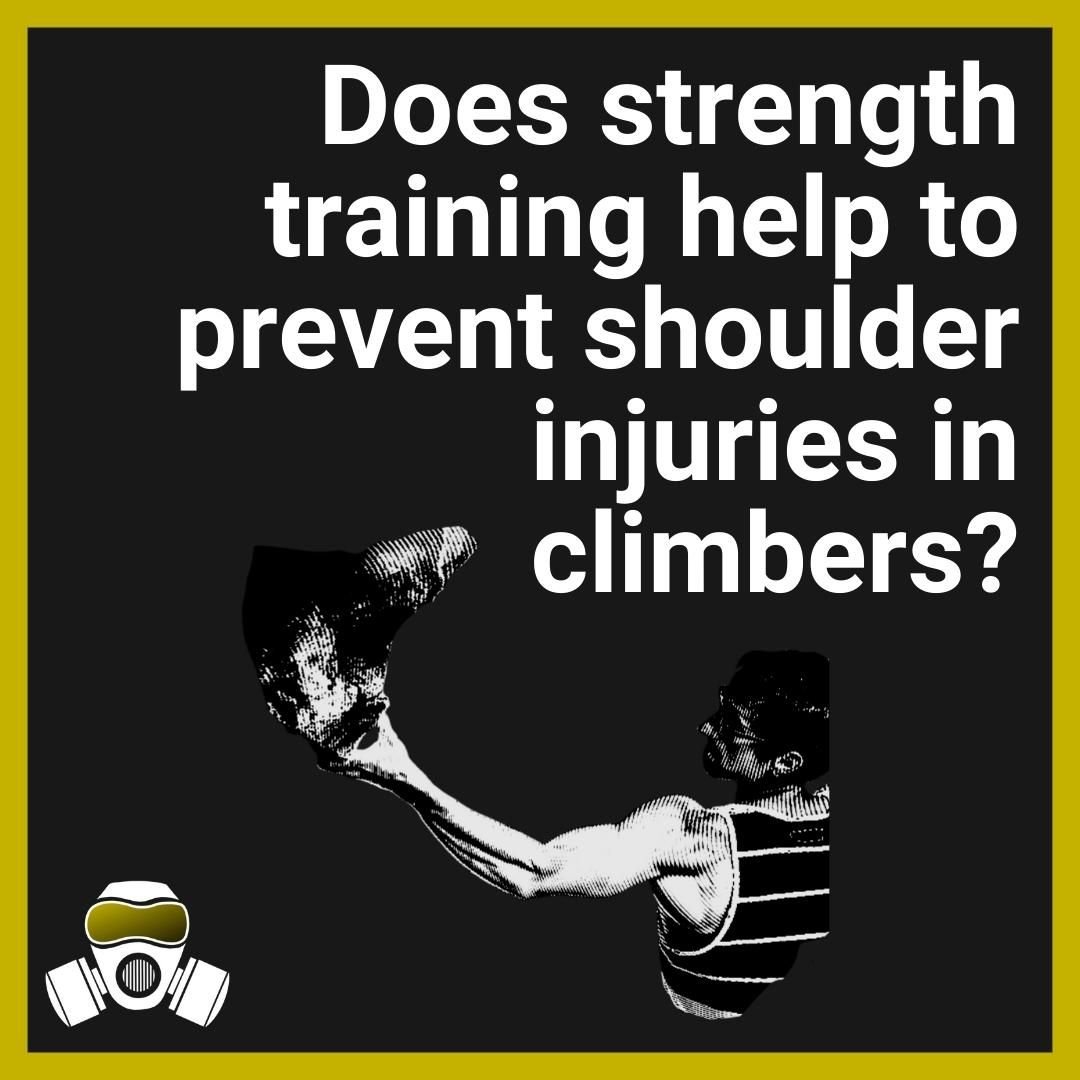
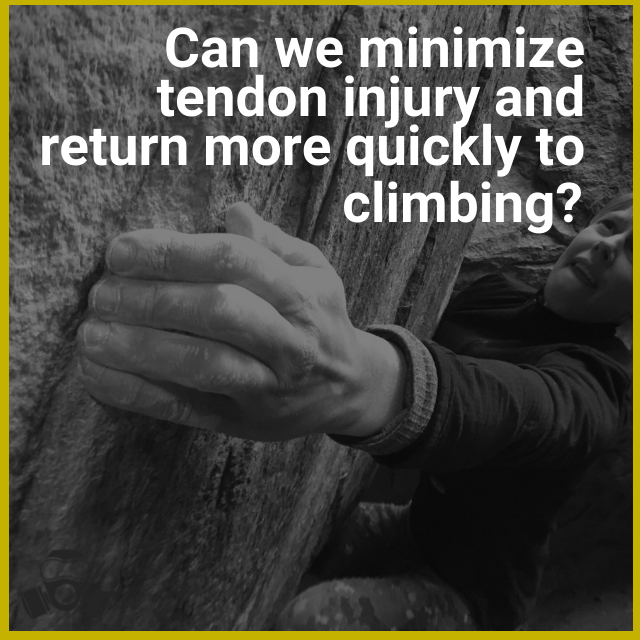
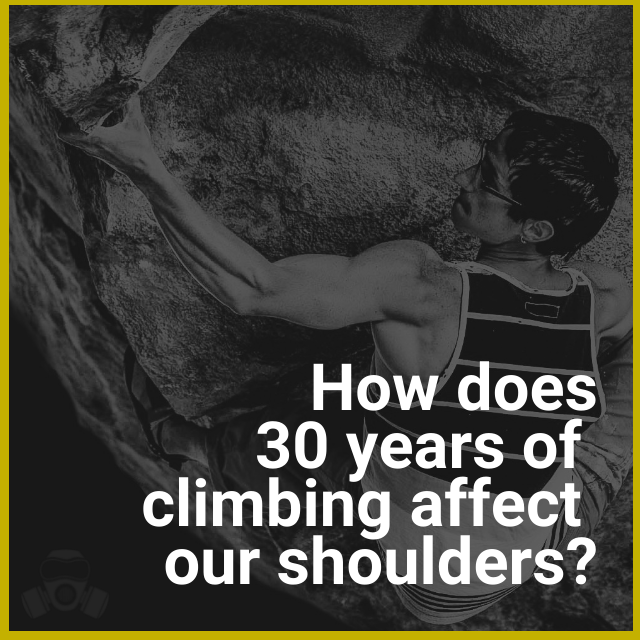


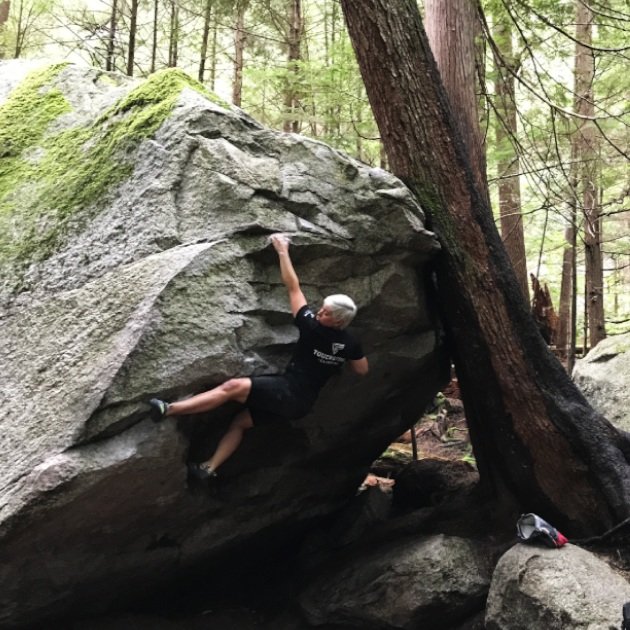

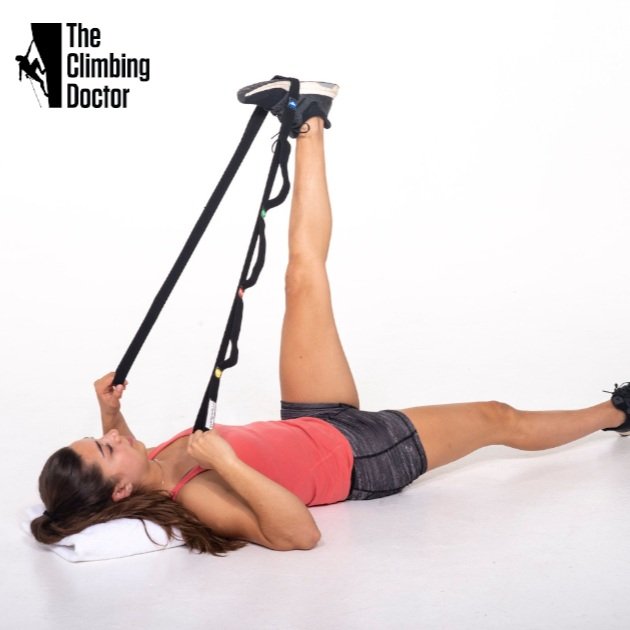




















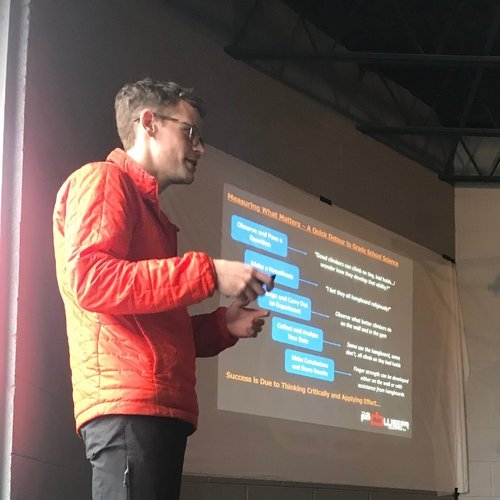



When it comes to skin care in the climbing world, Rhino Skin Solutions is the one name you need to know.